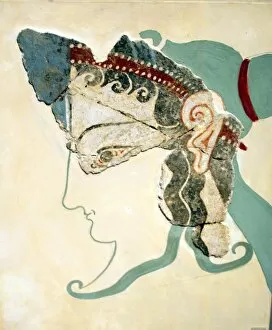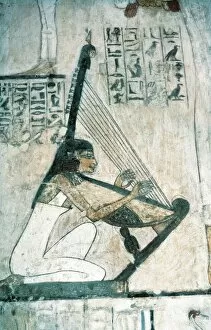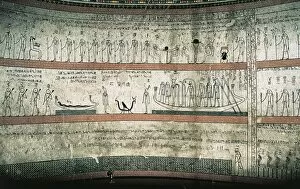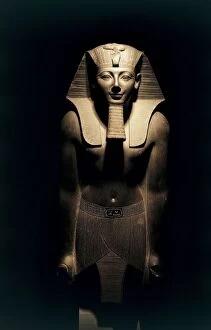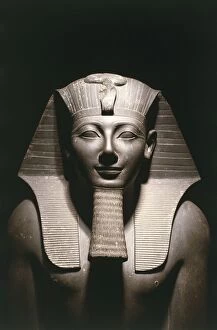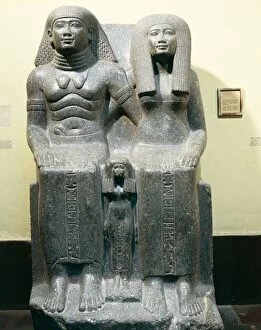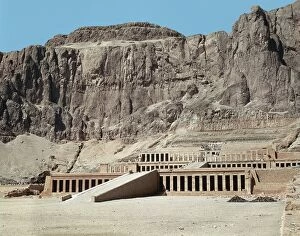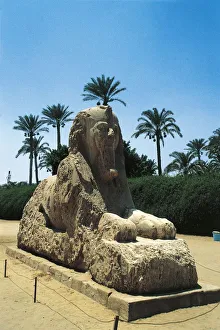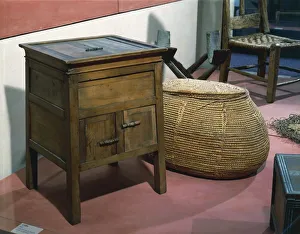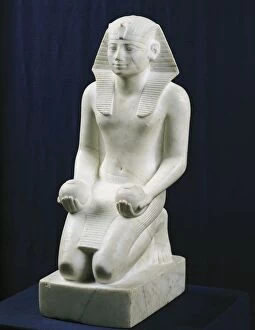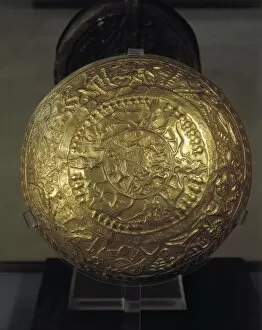15th Century Bc Collection (page 6)
"Exploring the Riches of the 15th Century BC: A Journey through Ancient Civilizations" Step back in time to the captivating 15th century BC
All Professionally Made to Order for Quick Shipping
"Exploring the Riches of the 15th Century BC: A Journey through Ancient Civilizations" Step back in time to the captivating 15th century BC, where ancient civilizations thrived and left behind remarkable artifacts that continue to fascinate us today. From the vibrant Blue Bird fresco at Knossos, dating back to 17th-14th century BC, to the majestic Mortuary Temple of Hatshepsut in Luxor, Egypt, this era was a treasure trove of cultural wonders. In Mycenae, Greece circa 1400 BC, we witness the grandeur of an advanced society as we marvel at their architectural prowess. Meanwhile, across continents and centuries later, Jews courageously crossed the Jordan River with the Ark of the Covenant – a testament to their faith and resilience. The Saffron-Gatherer Fresco from Minoan Royal Palace in Knossos takes us on a visual journey into Minoan life during this period. Its intricate details transport us to Crete's royal palace and offer glimpses into their daily routines. Egyptian art flourished during this time as well. The Scarab depicting Aakheperkara (Thutmose I) showcases exquisite craftsmanship from Dynasty 18. Similarly impressive is Cleopatra's Needle on London's Thames Embankment – an obelisk that stands tall as a symbol of ancient Egyptian power and influence. From China's Erligang period or Early Shang dynasty comes an enigmatic goblet whose origins remain unknown but captivates our imagination nonetheless. Equally mysterious is "Captain of Blacks, " a fragmentary Minoan fresco that hints at lost stories waiting to be unraveled. Delving deeper into Egypt's New Kingdom era brings forth amulets dedicated to gods like Bes and Hathor – objects believed to bring protection and good fortune. And let us not forget about beauty rituals.


